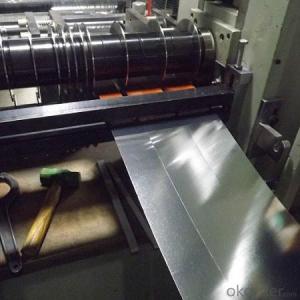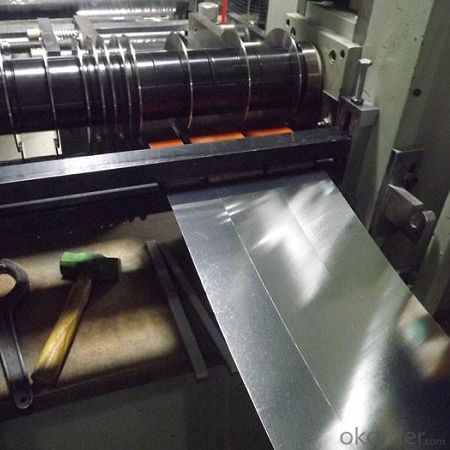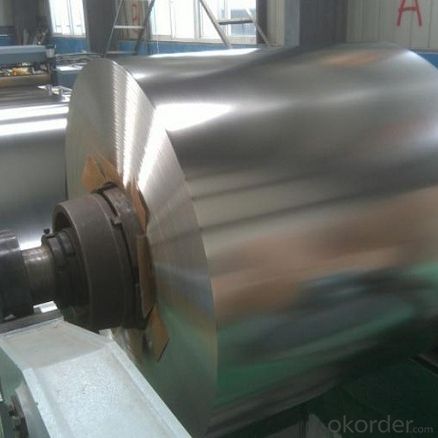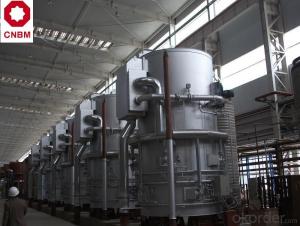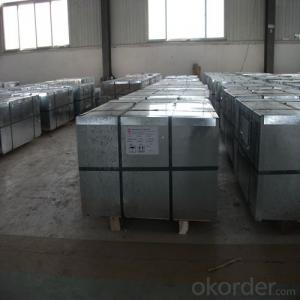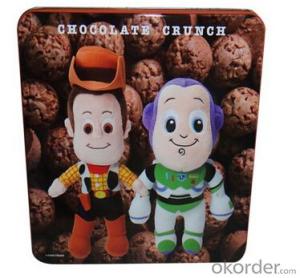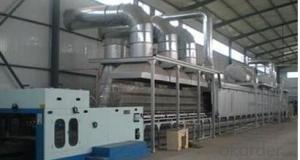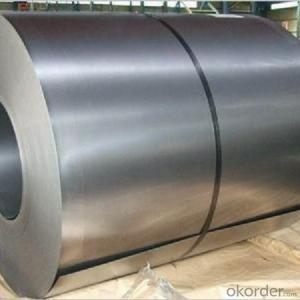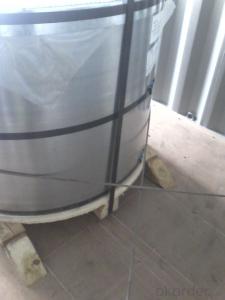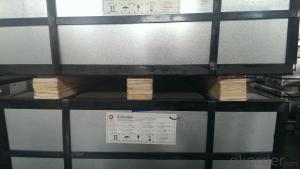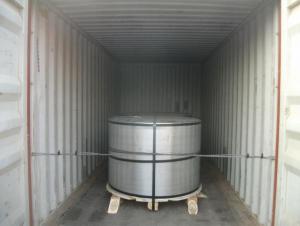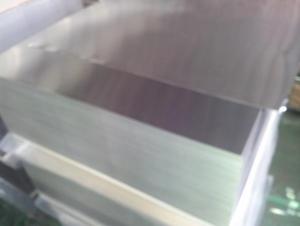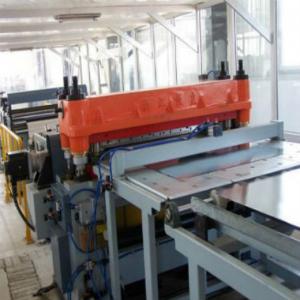Tinplate with Prime Quality for Cans Making
- Loading Port:
- Tianjin
- Payment Terms:
- TT or LC
- Min Order Qty:
- 25 m.t.
- Supply Capability:
- 20000 m.t./month
OKorder Service Pledge
OKorder Financial Service
You Might Also Like
Specification
Tinplate with Prime Quality for Cans Making
Tinplate Specification
Tinplate, as the name suggests, is coated on both sides with pure tin at various coating weights between 1 and 12 grams per square meter. It has extremely beautiful metalllic luster as well as excellent properties in corrosion resistance, solder ability, and weld ability.
Tinplate Applications
Tinplate is widely used for making all types of containers, electrical machinery parts and many other products.
Chemicals and painting cans
Dry food cans, such as fancy cans, biscuit cans, milk powder cans, tea cans.
Tinplate Pictures
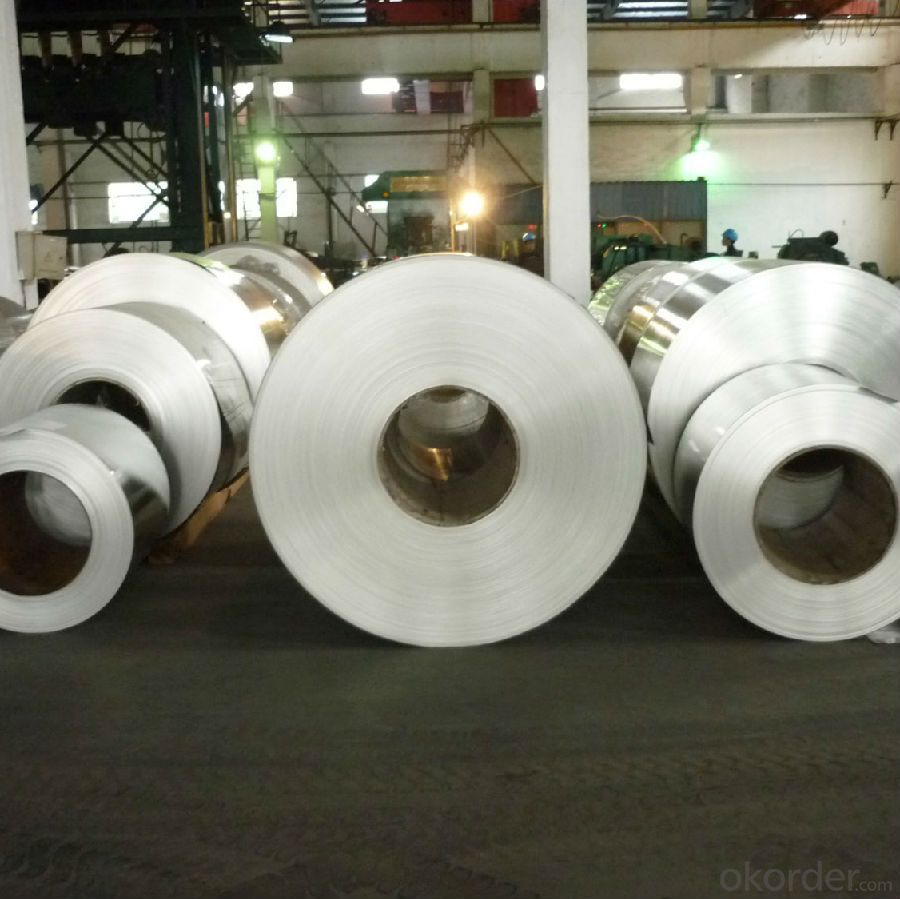
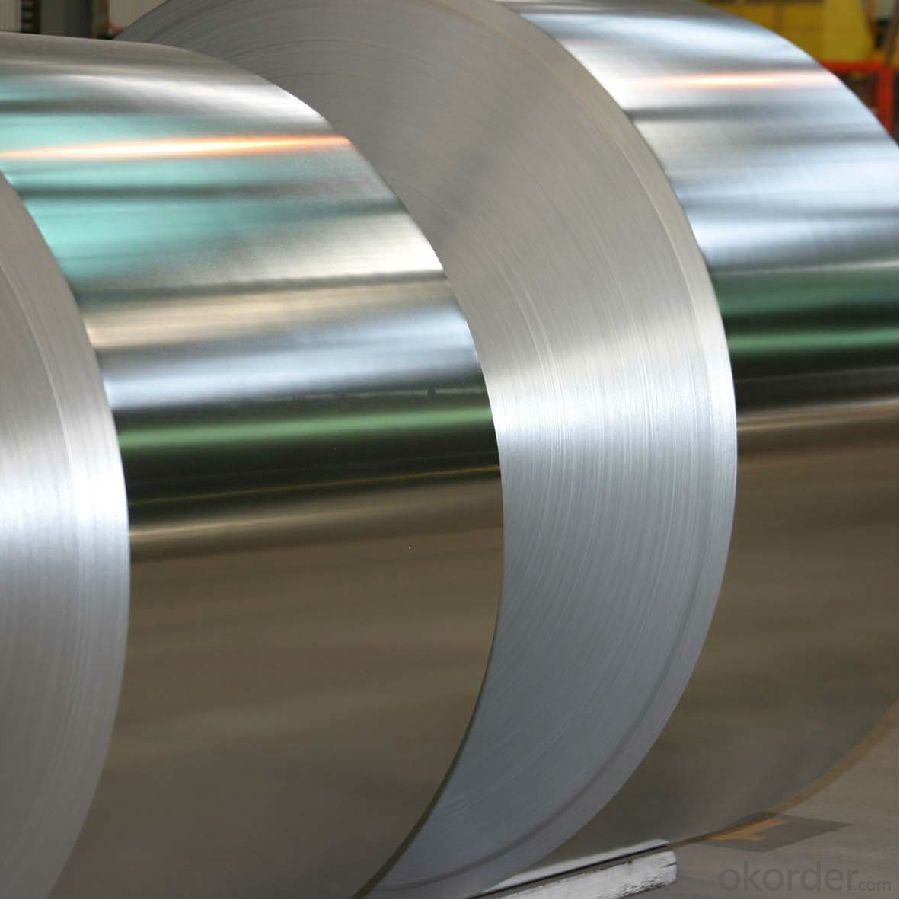
Tinplate Features
Steel Type: MR, SPCC
Temper(BA& CA): T1- T5, DR8- DR10
Coating: 1.1- 8.4g/m^2
Tickness: 0.15- 0.,50mm
Width: 600-1010mm
I.D: 508mm
Coil weight: 3- 10mt
Passivation: 311
Oiling: DOS
Surface finish: Bright, Stone
Quantity for 20 Feet FCL: 20- 25MT
Package: Seaworthy Export Standard Wooden Pallet
Application
Tinplate is widely used for making all types of containers, electrical machinery parts and many other products
Chemicals and painting cans
Dry food ccans, such as fancy cans, biscuit cans, milk powder cans, tea cans.
Liquid food cans, such as edible oil cans, beverage cans, Tomato paste cans
Sea food cans
Crown corks, easy open ends
Electrical machinery parts
Bakeware and household kitchen parts
Production Standard
GB/T 2520-2000
JIS G3303-2002
DIN EN 10202-2001
ASTM A623M-2002
ISO 11949-1995
- Q: How does tinplate contribute to the presentation of jewelry?
- Tinplate is commonly used for jewelry packaging due to its durability, versatility, and aesthetic appeal. Its smooth and shiny surface provides an attractive backdrop that enhances the visual presentation of jewelry. Additionally, tinplate can be easily shaped into various forms, allowing for unique and eye-catching packaging designs that effectively showcase the beauty and elegance of the jewelry inside. The use of tinplate also adds a touch of sophistication and luxury to the overall presentation, making it an ideal choice for premium and high-end jewelry brands.
- Q: How does tinplate handle exposure to light?
- Tinplate is generally resistant to light exposure and does not undergo significant changes in its properties when exposed to light.
- Q: What is tin plate?
- Tinplate is classified according to thickness and tinning. Generally speaking, in order to save costs, the current industrial production will reduce the iron thickness and tin content while guaranteeing the reliable strength of the package. One is to use less or even no tin tin (chrome iron), by 50s the development of hot dip tin plating tin to the present, China has not see the hot dip in the use of tinplate cans.
- Q: How does tinplate perform in terms of light protection?
- Tinplate offers excellent light protection due to its opaque and reflective nature, effectively blocking out light and preventing its transmission through the material.
- Q: Is tinplate resistant to scratches and dents?
- Yes, tinplate is resistant to scratches and dents.
- Q: How does tinplate compare to glass packaging?
- Tinplate packaging offers several advantages over glass packaging. Firstly, tinplate is significantly lighter than glass, making it easier and more cost-effective to transport. Secondly, tinplate is more durable and less prone to breakage, reducing the risk of damage during handling and storage. Additionally, tinplate provides better protection against light and oxygen, ensuring the contents inside remain fresh and unaffected. Lastly, tinplate is highly recyclable, making it a more sustainable choice compared to glass packaging.
- Q: How does tinplate compare to other packaging materials in terms of sustainability?
- Tinplate is considered a highly sustainable packaging material compared to others. It is 100% recyclable without any loss in quality, making it an excellent choice for reducing waste. Additionally, tinplate has a long lifespan and offers excellent protection for products, reducing the need for additional packaging layers. It also requires less energy and resources to produce, further enhancing its sustainability credentials.
- Q: Are there any specific regulations for tinplate in different countries?
- Yes, there are specific regulations for tinplate in different countries. These regulations may vary in terms of quality standards, labeling requirements, import/export restrictions, and food contact safety regulations. It is important for manufacturers and exporters to understand and comply with these regulations to ensure the legal and safe use of tinplate in each respective country.
- Q: What are the safety considerations when handling tinplate?
- When handling tinplate, several safety considerations should be kept in mind. Firstly, it is important to wear appropriate personal protective equipment (PPE) such as gloves and goggles to protect against cuts, abrasions, and potential eye injuries. Additionally, tinplate can be sharp, so caution should be exercised to avoid getting injured by its edges. It is also essential to handle tinplate with care to prevent any damage or deformation, as sharp edges or bent corners can pose a safety risk. Lastly, proper lifting techniques should be employed to avoid strain or back injuries when moving or stacking tinplate.
- Q: Tin cans in what way sterilization good ah
- Water spray sterilization: this approach is the use of spray nozzle or tube hot water to the food, sterilization process is based on tinplate surface ends protruding, must exert anti pressure, especially for higher temperature sterilization of canned meat
Send your message to us
Tinplate with Prime Quality for Cans Making
- Loading Port:
- Tianjin
- Payment Terms:
- TT or LC
- Min Order Qty:
- 25 m.t.
- Supply Capability:
- 20000 m.t./month
OKorder Service Pledge
OKorder Financial Service
Similar products
Hot products
Hot Searches
Related keywords
